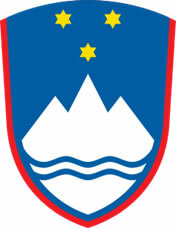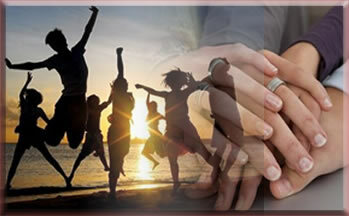Located in the central portion of the European continent, Slovenia is one of the ex-republics that was part of Yugoslavia. Its territory is limited to Austria (to the north), Hungary (to the northeast), Croatia (to the east), Italy (to the west), besides being bathed by the Adriatic Sea (to the south).
Slovenia's landscape is very diverse: composed of forests, snowy peaks, caves and limestone formations. However, the country has a coastline of only 45 kilometers.
With the end of World War II (1945), Slovenia, together with Croatia, Bosnia and Herzegovina, Macedonia, Serbia and Montenegro formed the Republic of Yugoslavia, implementing the socialist system with support Soviet. However, in the late 1980s, the weakening of the socialist bloc and nationalism in Yugoslavia spurred Slovenia's independence, declared on June 25, 1991. Yugoslav military troops invaded the country, however, the European Union (EU) reached an agreement to end the conflict between the two nations.
The national economy is driven by the advance of the industrial park, where components of automobiles, chemicals, metal products, electronic devices, furniture, among others. Slovenia has the best quality of life for the former communist nations of Eastern Europe.
Do not stop now... There's more after the advertising ;)

Slovenia Coat of Arms
Slovenia data:
Territorial extension: 20,251 km².
Location: Europe.
Capital: Ljubljana.
Climate: Temperate continental.
Government: Republic with mixed form of government.
Administrative division: 193 municipalities.
Language: Slovenian (official), Hungarian, Italian.
Religion: Christianity, 90.8% (Catholics, 81.7%, no affiliation, 4.7%, others, 4.4%), no religion, 5.2%, atheism, 2.7%, Islam, 1 .3%.
Population: 2,020,125 inhabitants. (Men: 986,699; Women: 1,033,426).
Ethnic Composition: Slovenians, 91%, Croatians, 3.5%, Serbs, 2.5%, others, 3%.
Demographic density: 99.7 inhab/km².
Average annual population growth rate: 0.2%.
Population residing in urban areas: 48.19%.
Population residing in rural areas: 51.81%.
Undernourished population: less than 5%.
Life expectancy at birth: 77.7 years.
Human Development Index (HDI): 0.828 (very high).
Euro currency.
Gross Domestic Product (GDP): US$54.6 billion.
GDP per capita: US$22,936.
External relations: World Bank, IMF, WTO, UN, NATO, EU.
By Wagner de Cerqueira and Francisco
Graduated in Geography
Brazil School Team
Slovenia - countries - geography - Brazil School


